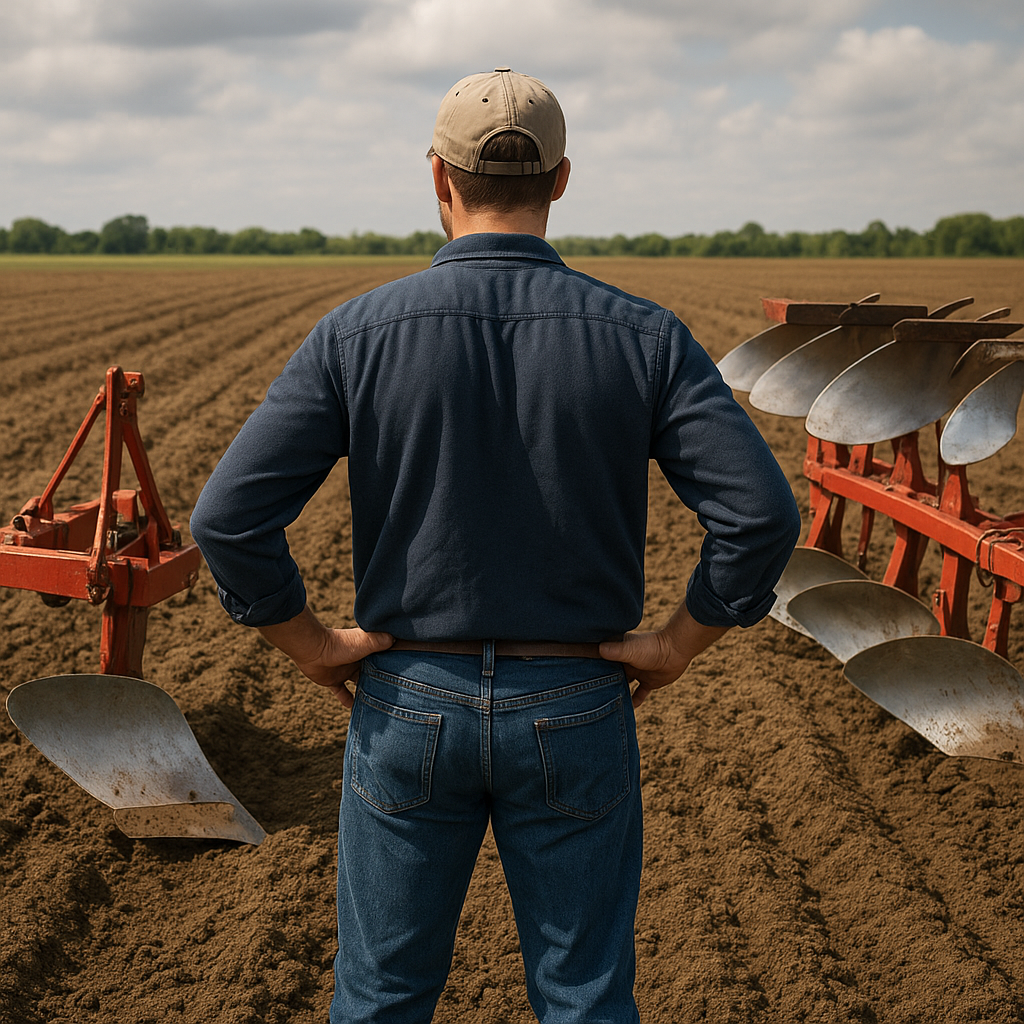Effective plowing begins with understanding the interplay between your equipment and field conditions. Whether you choose a single-bottom plow or a multi-bottom plow, the right match can enhance soil turnover, maximize efficiency, and boost overall farm productivity. This guide explores essential plowing tips and highlights key factors to consider when selecting the best plow type for your operation.
Evaluating Soil Conditions
Understanding Soil Texture and Structure
Before investing in any plow, assess your field’s soil texture—whether it’s heavy clay, light sandy loam, or a mixture. Clay soils can be sticky and require more pulling power, while sandy soils may crumble easily and benefit from gentler turnover. Soil structure also matters: well-aggregated soils respond differently than compacted fields.
Moisture Levels and Timing
Optimal moisture content is critical. Plowing too wet can lead to clods and poor structure; too dry can create dust and hardpan. Aim for a moisture range that allows blades to cut smoothly without clogging. Use a simple squeeze test: soil should form a ball but crumble when poked.
Field Topography
- Flat terrain often favors wider, multi-bottom setups for efficiency.
- Hilly or irregular fields might benefit from a lighter, single-bottom plow that offers greater flexibility and easier maneuvering.
Comparing Single-Bottom and Multi-Bottom Plows
Single-Bottom Plow Advantages
A single-bottom plow, or one-furrow plow, features a single moldboard and is often lighter. Ideal for smaller tractors, this configuration excels in:
- Traction management – less drawbar load means lower horsepower requirements.
- Tight spaces – simpler turns at headlands.
- Deep ripping – concentrates power in one furrow for breaking deep compaction layers.
Multi-Bottom Plow Advantages
Multi-bottom plows (two, three, or more furrows) allow simultaneous cutting of several strips. Benefits include:
- Higher capacity – more ground covered per pass.
- Improved productivity for large fields.
- Even field finish when properly matched to tractor horsepower and width requirements.
Key Trade-Offs
Consider these points when comparing:
- Cost – multi-bottom plows tend to have higher upfront prices and require larger tractors.
- Transportability – wide multi-bottom units may need folding mechanisms for road travel.
- Field size – small acreage often does not justify the cost and complexity of a large multi-bottom implement.
Key Operational Factors
Tractor Compatibility and Horsepower
Select a plow that matches your tractor’s capabilities. Underpowered tractors struggle with multi-bottom units, reducing efficiency and causing excessive wheel slippage. Conversely, underutilizing a large tractor with a single-bottom plow wastes potential power.
Working Width and Depth
Adjusting both width and depth influences fuel consumption, draft force, and crop residue management:
- Shallower passes (1–3 inches) are faster but may not fully bury residues.
- Deeper cuts (6–8 inches) break compaction but demand more traction.
- Wider widths increase ground coverage but require more horsepower per furrow.
Speed and Field Conditions
Operating speed affects plow performance. Faster travel can result in uneven furrow finish or loss of soil turnover quality. Adjust speeds based on soil moisture and tractor output. Test varied speeds in test strips before committing to a full pass.
Optimization and Adjustments
Moldboard and Share Alignment
Properly aligned moldboards and shares ensure uniform furrow slicing and minimize side draft. Follow manufacturer guidelines to set the correct angles. Check alignment after heavy use or when changing soil zones.
Tilt and Side Shift Controls
Modern plows often include hydraulic tilt and side shift. Use tilt to fine-tune plow body angle relative to the tractor, improving penetration and reducing slippage. Side shift helps maintain consistent furrow placement, especially on uneven terrain.
Depth Wheel and Coulter Settings
Depth wheels stabilize cut depth and protect against rock damage. Coulters help slice residue before moldboard engagement. Adjust both components according to residue levels and stone presence to avoid plugging and wear.
Maintenance and Cost Considerations
Routine Inspection and Lubrication
Daily checks prolong plow life. Inspect for wear on shares, moldboards, and clamps. Grease all pivot points and check for loose bolts. Regular maintenance reduces downtime and emergency repair costs.
Wear Parts and Replacement
Shares, skimmers, and landslides are high-wear items. Keep spares on hand and replace at recommended intervals. Investing in quality wear parts enhances overall durability and reduces long-term expenses.
Cost-Benefit Analysis
Balance initial investment with operational gains. Single-bottom plows have lower entry costs but may reduce productivity on large farms. Multi-bottom units cost more but can significantly boost acreage coverage—assuming tractor and field conditions support efficient use.
Additional Plowing Tips
Field Planning and Layout
Plan headland turns to minimize overlap. Map fields to determine optimal plow width and furrow pattern. This reduces wasted passes and protects field margins.
Residue Management
High-residue crops may require specialized shares or additional residue managers. Consider adding coulters or stalk choppers to handle heavy crop debris without clogging.
Seasonal Considerations
Avoid plowing excessively late in the season when cold temperatures can lead to erosion. In spring, wait for the right moisture window to prevent smearing and compaction.
Safety Precautions
Always engage in proper hitching and locking procedures. Use saw-tooth safety guards and ensure no bystanders are near during operation. Regularly check hydraulic hoses for leaks and maintain proper tire pressure for best traction.
- Wear protective gear and follow manufacturer safety guidelines.
- Engage parking brakes and lower plow to the ground before dismounting.
- Keep tools handy for on-field adjustments.
By carefully evaluating soil conditions, matching tractor power to plow type, and maintaining equipment diligently, you can make informed choices between single-bottom and multi-bottom plows. Proper setup, regular upkeep, and strategic operation will deliver improved field performance, reduced costs, and enhanced soil health for seasons to come.
